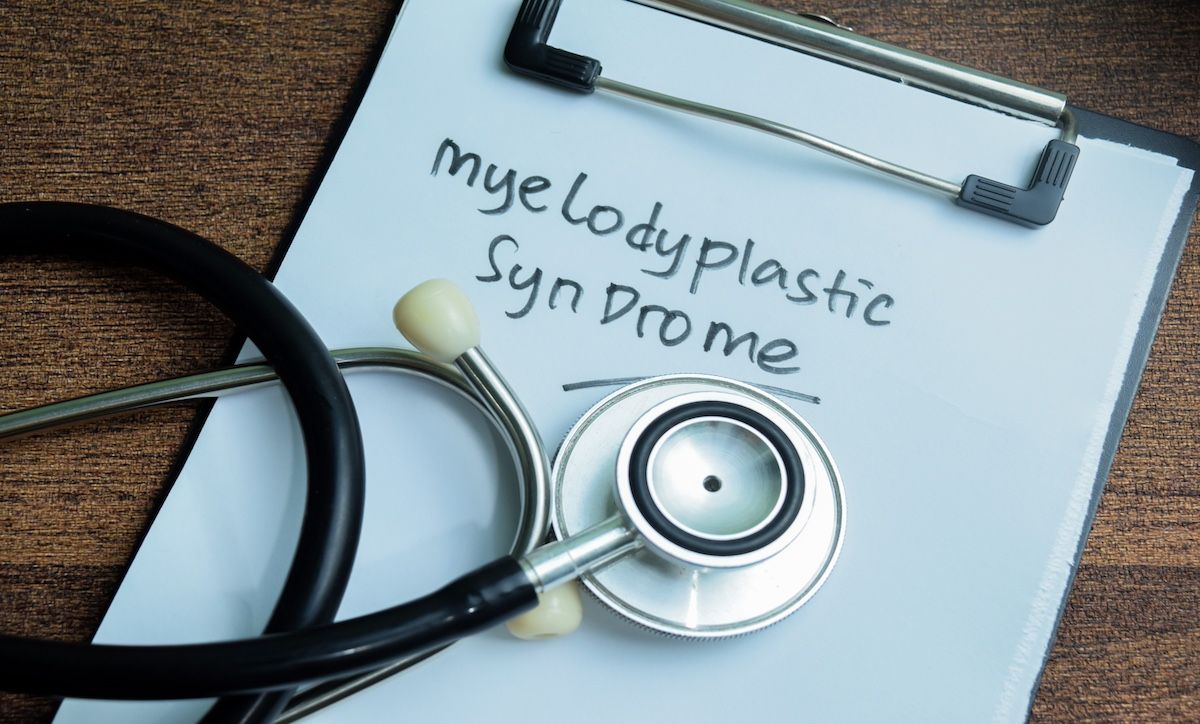Article
Therapy Provides Readily Available Stem Cell Source to Treat Rare Genetic Diseases
Author(s):
Umbilical cord blood provides a readily available source of stem cells to provide better access to hematopoietic stem cell transplantation to safely and effectively treat various noncancerous genetic disorders in children.
An infusion of umbilical cord blood (UCB) may provide a readily available source of stem cells to safely and effectively treat various noncancerous genetic disorders, according to a study from UPMC Children’s Hospital of Pittsburgh. The results were published in Blood Advances.
The researchers evaluated a reduced-intensity conditioning regimen of alemtuzumab, hydroxyurea, fludarabine, melphalan, and thiotepa with a single-unit UCB graft. In the small study of 44 children, the patients had 20 genetically distinct nonmalignant disorders, including metachromatic leukodystrophy, sickle cell disease, Gaucher disease, and beta thalassemia.
“There has been a lot of emphasis placed on cool new technologies that might address these diseases, but — even if they prove effective — those aren’t available to most centers,” study senior author Paul Szabolcs, MD, division director of bone marrow transplantation and cellular therapies at UPMC Children’s Hospital, explained in a statement. “The regimen we developed is more robust, readily applicable and will remain significantly less expensive.”
All the patients in the study were chemotherapy naïve and they were followed up for at least 1 year after. They received intravenous injections of banked cord blood donated from umbilical cords and placentas of healthy babies just after birth. The procedure did not require the donor and recipient to have matching immune profiles.
“That’s huge for ethnic minorities,” Szabolcs said. “The probability of a perfect match is very low, but with a cord blood graft, we have a chance to overcome this discrepancy over the course of a couple months and then taper immunosuppressants away.”
As part of the regimen, before the infusion, the patients were treated with a risk-stratified dosing of alemtuzumab on day —13, as well as oral hydroxyurea starting between day –20 and ­–15 through day –5. After starting oral hydroxyurea, patients received fludarabine on days –9 to –5, followed by melphalan on days –4 to –3, and finally thiotepa on day –2. The regimen was crafted to make room for donor stem cells to take root and prevent the cells from being rejected.
Overall survival was 95% (95% CI, 83%-99%) 1 year post transplant and 85% (95% CI, 64%-93%) at 5 years post transplant. There were no significant end-organ toxicities and the incidence of grade 2 to 4 graft-versus-host disease (GVHD) was 27% (95% CI, 17%-43%). There were no instances of extensive chronic GVHD.
“There has been a stagnation of outcomes in this field, just changing one chemotherapy agent for another, not a true evolution,” Szabolcs said. “We designed an approach now proven to be efficacious for at least 20 diseases. And we believe it might be effective for many, many more.”
Reference
Vander Lugt MT, Chen X, Escolar ML, et al. Reduced-intensity single-unit unrelated cord blood transplant with optional immune boost for nonmalignant disorders. Blood Adv. 2020;4(13):3041-3052. doi:10.1182/bloodadvances.2020001940





